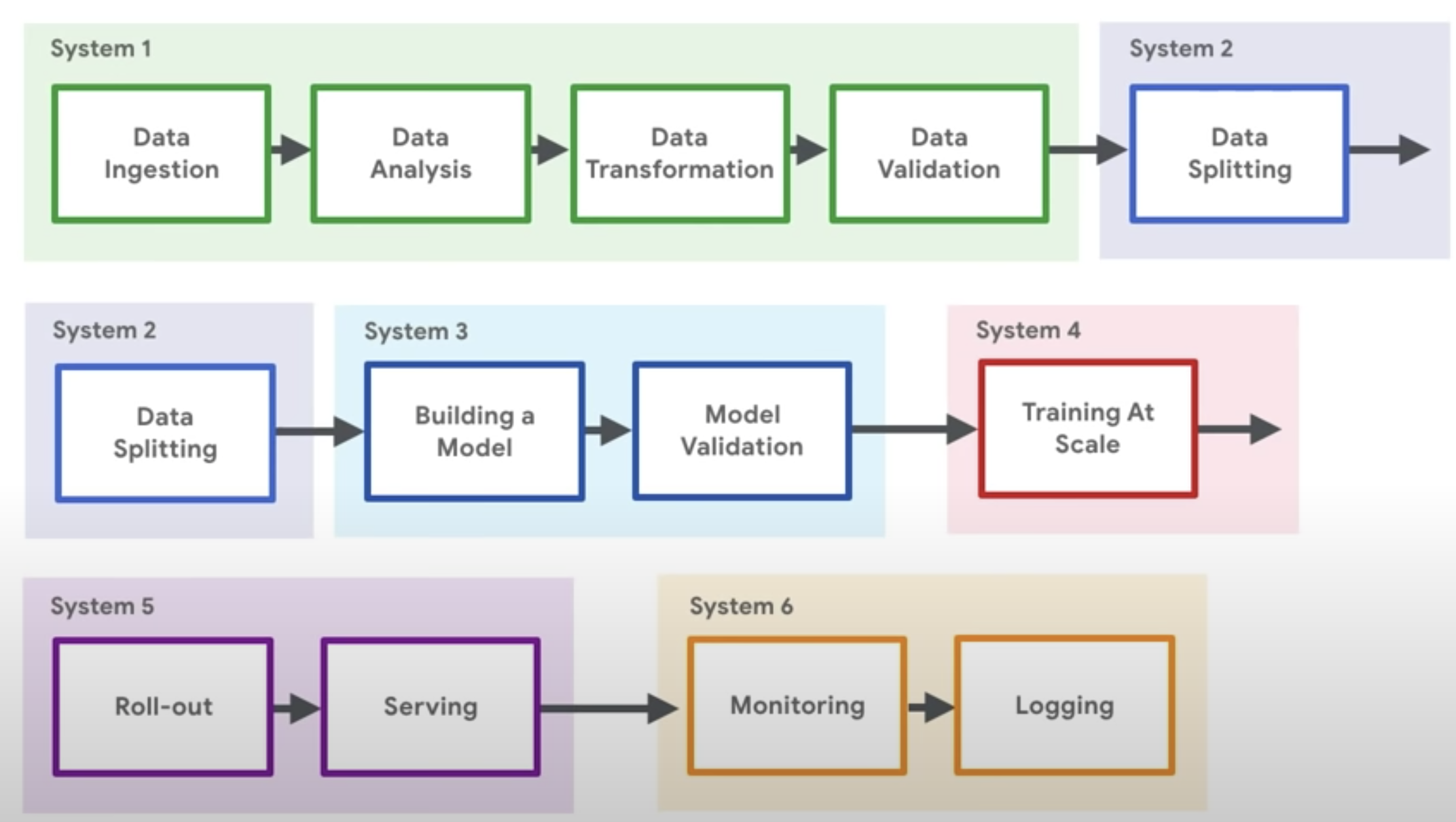In this tutorial, I’ll walk through how to start building an Augmented Reality Android application using Google’s new Sceneform SDK. First off, I’ll cover some quick concepts and then jump into project setup and some code. If you just want to dive in straight away, you can check out my GitHub repo below!
Continue reading Build your first Android AR app with ARCore and Sceneform in 5 minutes*









